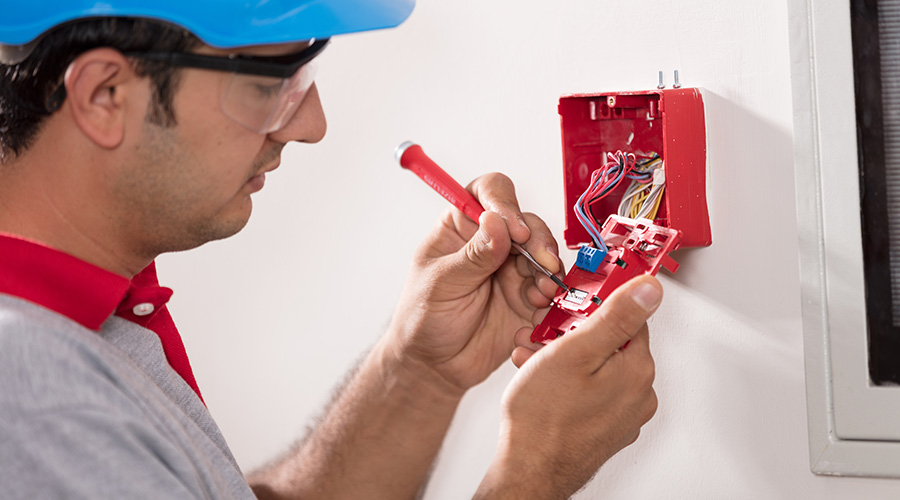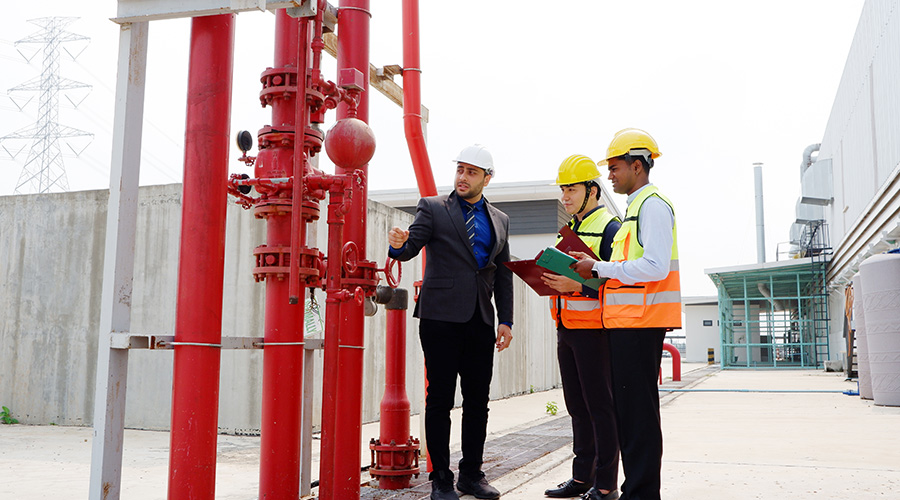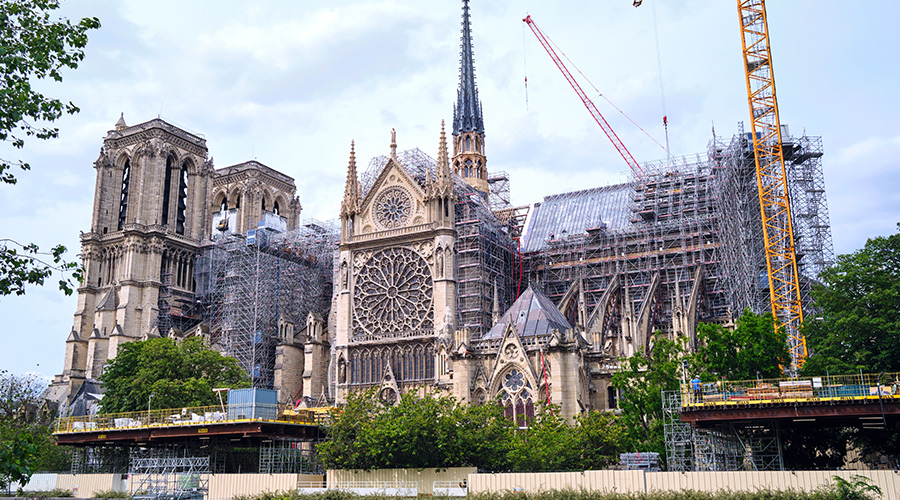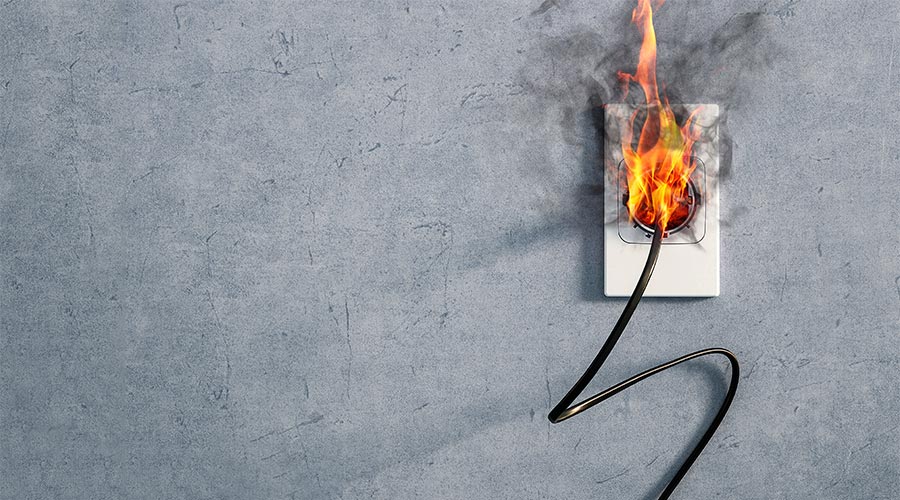Halon Alternatives Provide Suppression Without Hurting Environment
By Casey Laughman, Managing Editor
OTHER PARTS OF THIS ARTICLEPt. 1: This Page
When Halon 1301 production was banned in 1994 due to environmental concerns, it forced facility managers to rethink fire suppression systems. While Halon systems themselves weren't banned, the halt in production made it impractical for facility managers to be able to count on being able to use their suppression system more than once.
A number of alternatives have become available, says Chris Jelenewicz, program manager, Society of Fire Protection Engineers. Like Halon, they aren't the sort of system you'd want to use in an area served by sprinklers, but they do fill the need in areas where introducing a lot of water is a bad idea.
"When you're looking at special hazard systems, we're really looking at systems that are used to extinguish fires in areas where automatic fire sprinkler systems don't work too well," Jelenewicz says, pointing out examples such as critical telecoms equipment.
The Halon alternatives available now fall into two main categories. The first is halocarbons, or "clean" agents, which are stored as liquids and gasified by the delivery system. The halocarbons displace air and cause a chemical reaction with the fire to stop it from spreading and smother it. The second category is inert gases, which work by lowering the oxygen level in a room low enough that a fire cannot sustain itself. Agents in both categories leave no residue and do not conduct electricity, which makes them usable in areas such as data centers. They are safe for humans and have the added bonus of not punching a hole in the ozone layer.
Another popular alternative is water mist-based systems, which put out a fine spray that turns to steam and evaporates as it extinguishes the fire. While at first glance it seems counterintuitive to use a system that involves water in an area where you wouldn't use a sprinkler, the mist-based systems don't pump out nearly the amount of water that sprinklers do. This leads to another advantage, says Jelenewicz.
"One area where we're really seeing water mist catching on is areas where you wouldn't have an adequate water supply for a regular fire sprinkler system, because they use so much water," he says. In facilities that have to be concerned about whether they can draw as much water as the fire system needs on short notice, a mist system can take the place of not only a Halon system, but a regular fire suppression system as well.
With so many possible replacements for Halon systems, it can be easy to get buried in minute details when it comes to designing a fire suppression system, regardless of its application. That's why, Jelenewicz says, a fire protection engineer can help ensure you're on the right track.
"There's so much that goes into designing things, especially when they get complex," he says. "Different hazards, different fuels, different occupancies, even the enclosure itself — do we have a perfect enclosure for this telecom room? Is that cut off from the rest of the area? It's very complex and I wouldn't say there's a one size fits all answer."
Related Topics:











